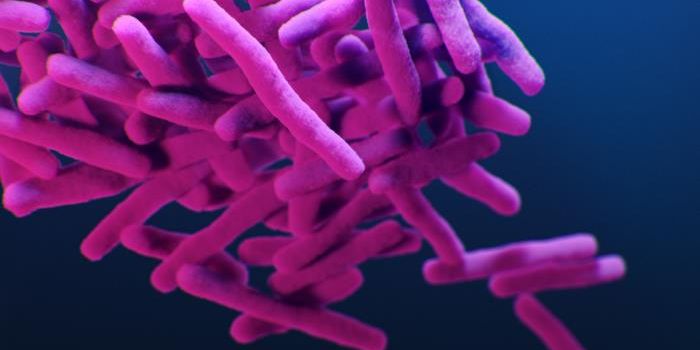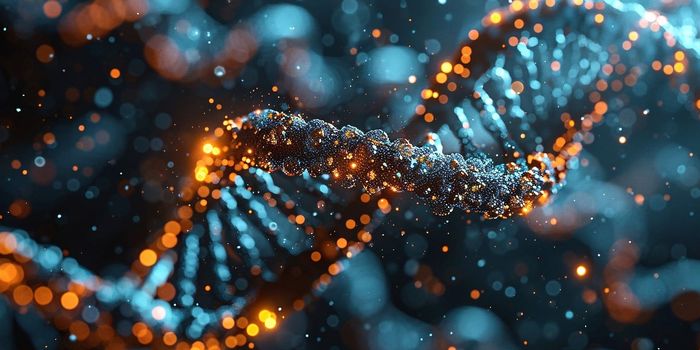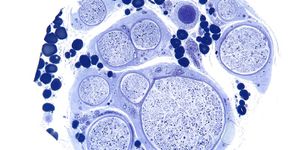Genes are Activated in Different Ways in the Elderly
As we grow old, our skin begins to sag, our hair turns grey, and individual cells show signs of the process as well. Scientists know that our chromosomes undergo changes as we get older, and have now discovered that they physically alter with age; they close up and curl in, which can make it harder to access some portions of the genome.
We carry a tremendous amount of genetic material in our cells, and in order to make it all compact enough to fit, cellular machinery has to arrange and organize it carefully. It’s also essential for our cells to be able to access the genes that they need at the right times. That results in an organization of DNA that is coiled, sometimes tightly and closed, in other instances loosely and open. The video at the bottom explains more about genes and chromosomes.
This new work by a team from UConn Health and the Jackson Laboratory for Genomic Medicine (JAX-GM) shows that as we age some parts of the genome become more challenging for cellular machinery to access. The regions that are not as accessible may be critical for our defenses against disease. This research has been reported in The Journal of Experimental Medicine.
"In young people, thousands of sites are open, seemingly ready to activate genes and make protein. There are genes and pathways that are very active in younger people that appear to lose their activity in older adults," explained George Kuchel, UConn Health geriatrician and Director of the UConn Center on Aging. "The portions that are open and the portions that are closed look very different" in younger versus older people, he added.
Kuchel collaborated with immunologist Jacques Banchereau and computational biologist Duygu Ucar of JAX-GM to find the parts of chromosomes and genes that become less active with aging. The diversity and massive amount of data that was generated required Ucar and her team to invent new ways to analyze it so they could then draw meaningful conclusions.
For the study, the investigators recruited 75 healthy people between 22 and 40 years old, and 26 healthy people aged 65 and older for participation. Immune cells were isolated from blood samples that were obtained from the participants. Then the researchers assessed how gene activation was changed in these immune cells because of aging.
They found that the differences between young and old people made an obvious signature, which has not been identified in an analysis of the genome before this. T-cells help us to defend against viral infections like the flu and some cancers. Regions of the genome that function in T-cell development and differentiation are more likely to be loose and open in young people than in older people. Additionally, parts of the chromosome that contain genes associated with inflammation and cell death are more open in elderly people than in young people.
These researchers are now working to use their methodologies to assess pneumococcal vaccine response and resilience to disease in the aged.
Sources: AAAS/Eurekalert! via University of Connecticut, The Journal of Experimental Medicine










